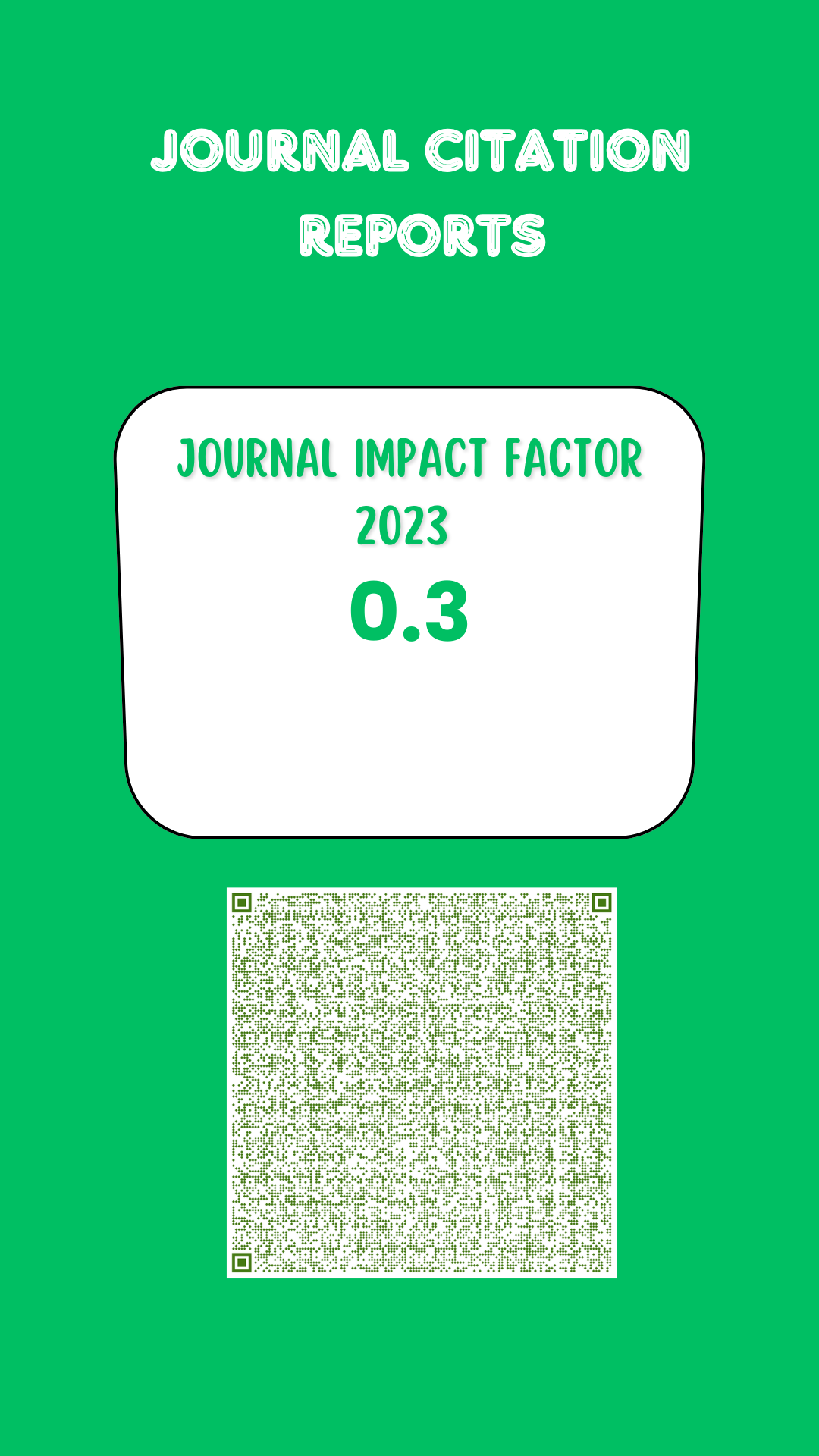TWO NONLINEAR MATHEMATICAL MODELS TO ESTIMATE THE INTENSITY-DURATION-RETURN PERIOD OF RAINFALL EVENTS
DOI:
https://doi.org/10.19136/era.a28n3.15Palabras clave:
Return period, idf relationships, rainfall intensity, short duration, nonlinear modelResumen
In developing countries, many hydraulic engineering projects for the planning, designing, operation and protection against oods use intense rainfall data to estimate maximum runo. In the case of Mexico, the only available rainfall data are usually those recorded with a pluviometer over 24 hours. The scarcity of data makes it necessary to validate and implement models to estimate short duration intense rainfall data. Two nonlinear mathematical models that estimate rainfall intensity based on the duration of the storm and the return period are proposed in this study. The models were adjusted to short duration rainfall data for the city of Xalapa (Veracruz), Cañon Fernández (Durango) and Cazadero (Zacatecas), and were compared with other models reported in the literature. The results show that: a) for model I, the determination coecient (R2) varied from 0.927 to 0.932 and the standard error of estimation (Re) from 6.7 to 9.4 mm h-1, and b) for model II, the R2 varied from 0.934 to 0.988 and the Re from 3.5 to 6.5 mm h-1. The fit shows that model II is better than model I. In comparison, complex models like those of Koutsoyiannis et al. (1998), Chow et al. (1994) and Sherman (1931) were adjusted to extreme rainfall data for the city of Xalapa.Descargas
Descargas
Publicado
Número
Sección
Licencia
1. Política propuesta para revistas de acceso abierto
Los autores/as que publiquen en esta revista aceptan las siguientes condiciones:
1. Los autores/as conservan los derechos de autor y ceden a la revista el derecho de la primera publicación, con el trabajo registrado con la licencia internacional Creative Commons Reconocimiento-No comercial-Compartir igual 4.0 .de atribución de Creative Commons, que permite a terceros utilizar lo publicado siempre que mencionen la autoría del trabajo y a la primera publicación en esta revista.
2. Los autores/as pueden realizar otros acuerdos contractuales independientes y adicionales para la distribución no exclusiva de la versión del artículo publicado en esta revista (p. ej., incluirlo en un repositorio institucional o publicarlo en un libro) siempre que indiquen claramente que el trabajo se publicó por primera vez en esta revista.
3. Se permite y recomienda a los autores/as a publicar su trabajo en Internet (por ejemplo en páginas institucionales o personales) antes y durante el proceso de revisión y publicación, ya que puede conducir a intercambios productivos y a una mayor y más rápida difusión del trabajo publicado (vea The Effect of Open Access).

Este trabajo está sujeto a una licencia internacional Creative Commons Reconocimiento-No comercial-Compartir igual 4.0 .



